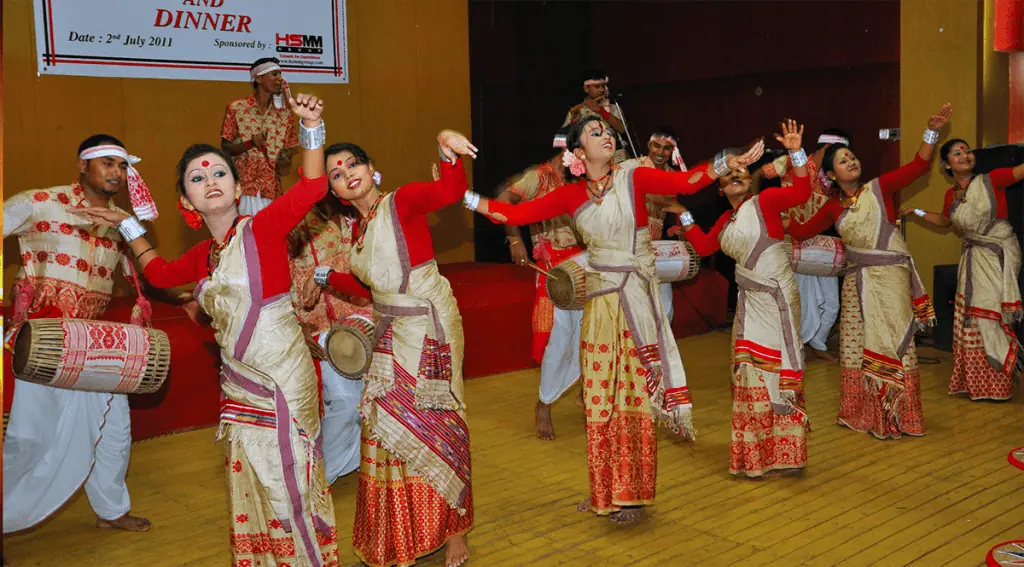The Cultural Exchange Between India and Southeast Asia Through History

India and Southeast Asia share a long history of cultural, religious, and trade relations that have shaped the development of the region. The influence of Indian culture on Southeast Asia can be traced back to the early centuries of the Common Era and has left an indelible mark on the art, religion, architecture, and social practices of Southeast Asian countries. This rich exchange has been a fundamental part of both regions’ histories, continuing to influence their modern identities.
Early Trade and Maritime Connections
The earliest form of cultural exchange between India and Southeast Asia occurred through trade routes that connected the two regions by sea. The Indian Ocean trade network, particularly from the 1st century CE, facilitated the movement of goods, ideas, and cultural practices between India and Southeast Asia. Indian merchants and sailors traveled to Southeast Asia, bringing with them not only spices, textiles, and metals but also their languages, religious beliefs, and artistic traditions.
As maritime routes flourished, Indian culture began to permeate the local societies of Southeast Asia. Trade cities such as Srivijaya in Sumatra and Funan in Cambodia became important hubs of Indian cultural and religious influence. The spread of Buddhism, Hinduism, and Indian scripts through these trade networks established deep cultural ties that shaped the religious and social landscapes of Southeast Asia.
Religion and Philosophy
One of the most profound aspects of cultural exchange between India and Southeast Asia was the spread of Indian religions, particularly Hinduism and Buddhism. Both religions traveled from India to Southeast Asia, where they were integrated into local customs and practices.
In Southeast Asia, Hinduism had a major influence, particularly in the kingdoms of Indonesia, Cambodia, and Thailand. The temples of Angkor Wat in Cambodia and the ruins of Borobudur in Indonesia stand as monumental symbols of Hindu and Buddhist influence. These temples reflect the Indian architectural style and religious symbolism, with elaborate carvings and sculptures of Hindu gods and Buddhist motifs. The concept of divinity in Hinduism, alongside the philosophical teachings of Buddhism, helped shape the spiritual and social fabric of Southeast Asian societies.
In addition to religion, the Indian concept of kingship, derived from Hindu beliefs, became a central element of Southeast Asian monarchies. The idea of the “divine king” or “god-king,” rooted in Hinduism, was adopted in many Southeast Asian kingdoms. This ideological shift played a key role in the formation of centralized political systems and royal courts in the region.
Language and Literature
The influence of Indian languages on Southeast Asia is another testament to the cultural exchange between the two regions. Sanskrit, the classical language of India, became the language of the elite and the courts in many Southeast Asian kingdoms. It was used in inscriptions, religious texts, and royal edicts. This linguistic connection also influenced the development of local languages, with many Southeast Asian languages adopting Sanskrit words and phrases, especially in the realms of governance, religion, and art.
The Indian epic stories of the Ramayana and Mahabharata also found their way into Southeast Asia, where they were adapted into local literature, theater, and dance. These stories became integrated into the cultural traditions of countries like Thailand, Indonesia, and Malaysia. In Indonesia, for example, the Wayang Kulit shadow puppet theater tradition is based on Ramayana and Mahabharata stories, showcasing how Indian literature influenced Southeast Asian storytelling traditions.
Art and Architecture
Indian artistic traditions, particularly in sculpture and architecture, had a profound impact on Southeast Asia. The intricate carvings found in temples across Southeast Asia are reminiscent of Indian artistic styles, with depictions of Hindu gods, mythological stories, and Buddhist teachings. In places like Cambodia, India’s artistic influence is most visible in the temples of Angkor, with its grand scale and elaborate bas-reliefs, which draw directly from Indian artistic traditions.
The construction of temples and monuments in Southeast Asia followed the Indian model, with complex layouts designed to represent cosmic concepts. The temple of Borobudur in Indonesia, a Buddhist monument, is a striking example of Indian architectural influence, with its intricate stone carvings and symmetrical design reflecting Indian cosmological ideas.
Cultural Synthesis and Local Adaptation
While Indian culture left a significant imprint on Southeast Asia, it is equally important to acknowledge how local cultures adapted and transformed these influences. Southeast Asian civilizations did not merely imitate Indian customs; they assimilated, modified, and localized them, creating unique forms of expression that reflected both Indian and Southeast Asian traditions.
For example, the Hindu-Buddhist influences in Southeast Asia fused with local animistic beliefs, giving rise to new religious practices that were distinct from their Indian counterparts. The blending of Indian and indigenous artistic forms created a unique visual style that can be seen in Southeast Asian temples, sculptures, and textiles.
Conclusion
The cultural exchange between India and Southeast Asia has been a rich and dynamic process that spans over two millennia. From trade and religious spread to language, art, and architecture, the influence of Indian culture has left an indelible mark on Southeast Asia’s history and identity. This exchange has not only shaped the religious and artistic landscapes of the region but has also fostered a sense of shared cultural heritage that continues to resonate in modern times. As global connectivity continues to evolve, the enduring relationship between India and Southeast Asia remains a testament to the power of cultural exchange in shaping societies and their legacies.










